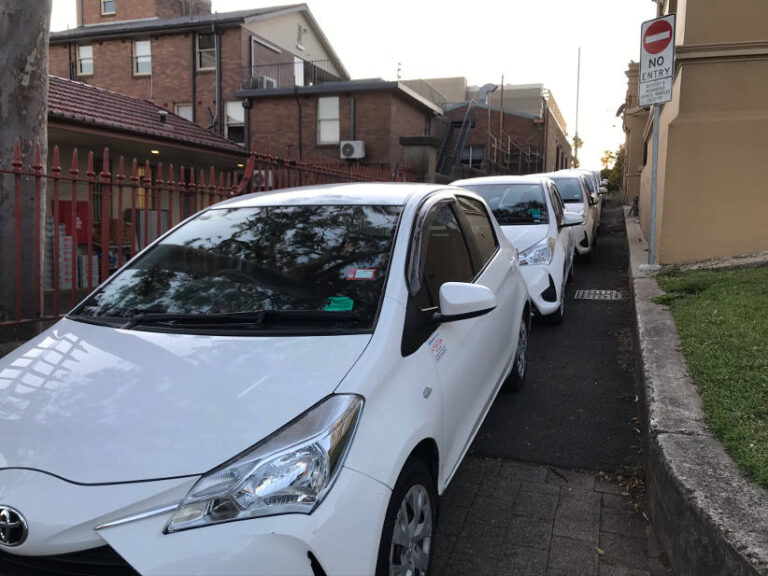Procuring new fleet assets can feel like juggling a dozen balls at once. From balancing budgets to selecting the right vehicles, the process can be daunting. But, with the right approach, procuring fleet assets can be smooth sailing. Let’s break down the steps and highlight key considerations to make sure your next procurement hits the mark.
- Start with a Needs Assessment – What Do You Really Need?
Before diving into the market, take a step back. Assess your current fleet and its performance. Are some vehicles underutilised? Are maintenance costs skyrocketing? Engage with end-users—after all, they’re the ones behind the wheel or operating the plant. Understand their needs, challenges, and must-haves.
Ask yourself:
- Is the current asset fit-for-purpose?
- Can the asset’s role be combined with another, or is a more versatile piece of equipment required?
- Are there options to hire instead of buy, especially for assets with low utilisation?
- Budgeting – Balancing the Books
Fleet assets are significant capital investments, and it’s essential to align your procurement with your organisation’s budget. Prepare a comprehensive budget that covers not only the purchase price but also the whole-of-life (WOL) costs—fuel, maintenance, insurance, and eventual disposal.
A common pitfall is focusing solely on the upfront cost. Instead, consider:
- Whole-of-life costs for a true picture of long-term expenses.
- Resale value—some brands and models hold their value better than others.
- Funding options—purchase outright, lease, or explore hire-purchase agreements.
- Specification Development – Getting It Right
This is where the rubber meets the road—literally. Your specifications should be clear, comprehensive, and focus on performance rather than specific brands (unless standardisation is part of your strategy).
Key elements to consider:
- Operational requirements: payload capacity, engine type, safety features, and ergonomics.
- Environmental considerations: emissions standards, fuel efficiency, and hybrid or electric options.
- Compliance: ensuring the asset meets all safety and legal requirements.
Involving end-users in this step ensures the asset is truly fit-for-purpose and reduces the need for costly modifications post-purchase.
- Sourcing – Finding the Right Supplier
There are various ways to source fleet assets:
- Open market tenders: suitable for large purchases or specialised equipment.
- Pre-qualified panels: streamlined for quicker procurement while ensuring compliance.
- Government contracts: often offer competitive pricing for public sector fleets.
When evaluating suppliers, look beyond the price. Consider:
- After-sales support and warranty terms.
- Availability of parts and service centres.
- Supplier reputation and past performance.
- Tender Evaluation – Choosing the Best Fit
A transparent and objective evaluation process is crucial. Use a weighted criteria system that balances cost with quality and functionality.
Common criteria include:
- Whole-of-life cost (typically weighted heavily).
- Safety and environmental performance.
- Compliance with specifications.
- Maintenance and servicing support.
Engage a diverse evaluation panel, including fleet practitioners, end-users, and WHS representatives, to ensure a balanced perspective.
- Acquisition and Delivery – Bringing It Home
Once the tender is awarded, ensure clear communication with the supplier about delivery timelines, pre-delivery inspections, and any required modifications.
Key steps include:
- Conducting pre-delivery inspections to ensure compliance with specifications.
- Arranging operator training, especially for specialised equipment.
- Updating your fleet management system with asset details (VIN, engine number, etc.).
- Post-Procurement Review – Learning and Improving
After the dust settles and the new asset is operational, take time to review the procurement process:
- Did the asset meet expectations?
- Were there any issues during delivery or commissioning?
- What lessons can be applied to future procurements?
Gather feedback from operators and maintenance teams to fine-tune future processes.
Final Thoughts
Fleet procurement isn’t just about buying the newest model—it’s about making strategic decisions that balance cost, functionality, and long-term value. By following a structured approach and engaging key stakeholders throughout the process, fleet practitioners can ensure their organisation gets the right asset for the job—on time and within budget.
For more information fleet management best practice, refer to the IPWEA Plant and Vehicle Management Manual (PVMM) by visiting the IPWEA website here.






